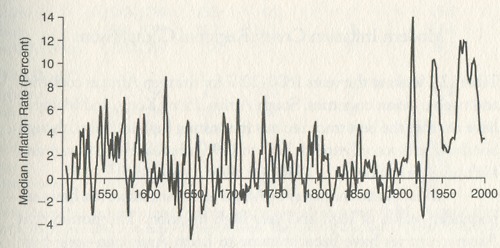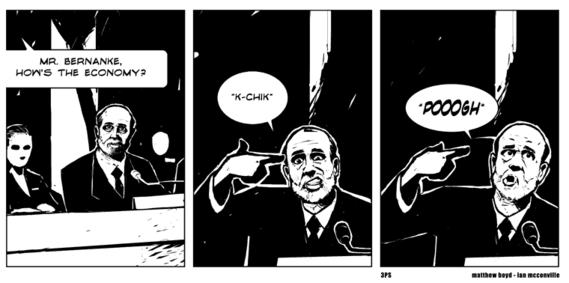Last night I made two catnip toys out of an old pair of jeans, hoping the denim would prolong their life more than other fabrics. This morning the catnip had the desired effect on one of our cats, and we checked the internet to see if she could overdose.
It's pretty common knowledge that catnip is a "recreational substance" for cats—dilated eyes, euphoria, rubbing, rolling, drooling, and sleepiness are all common. Catnip actually refers to all species in the Nepeta genus, but especially N. cataria.
All of the species in Nepeta share some less-commonly-known properties as well:
- Catnip oil is a repellent against mosquitoes, cockroaches and termites—about ten times more effective than DEET.
- Catnip can be steeped as a tea and has a sedative effect on humans.
- Catnip has been used throughout history (sometimes usefully) as a medicine.
And according to one source:
According to The Herb Garden, "The root when chewed is said to make the most gentle person fierce and quarrelsome". In fact, there is a story about an executioner who would have to chew on the root of catnip so he could bring himself to do kill.
And in case you're still wondering, our cat will probably not overdose—they're pretty good at self-regulating their drug intake, unlike a lot of humans.


